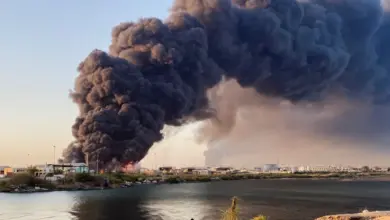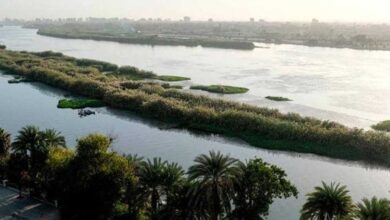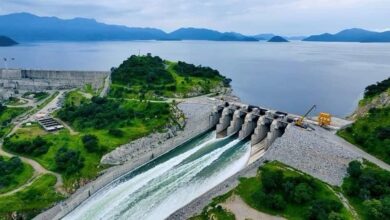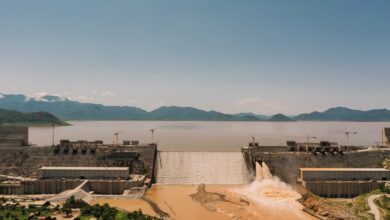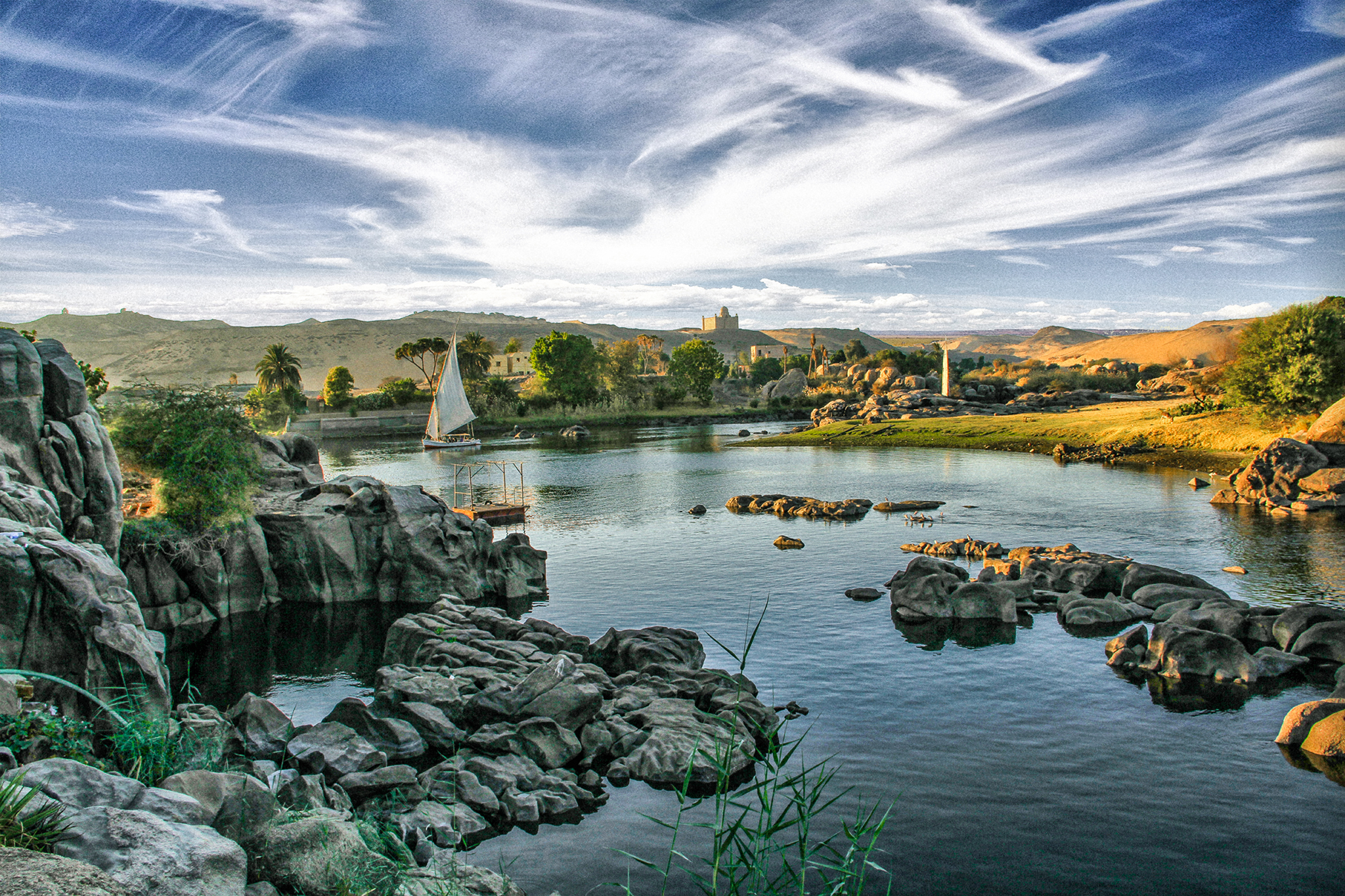
The Khartoum State Water Corporation has announced that several of its Nile stations have gone out of service due to a sudden decline of the Nile’s waters.
According to the Sudanese News Agency the corporation’s Director General, Anwar al-Sadat al-Hajj Mohamed, explained in Sunday press statements that the Saleha (A) and (B) stations, alongside the Bayt al-Mal, Shamal Bahri, Umm Kuti, and al-Shajara water stations have all gone out of service after water levels suddenly declined at the White and Blue Nile tributaries as well as the main Nile River.
Water pumps have been also brought to their lowest levels in the Soba and the Old Bahri, al-Muqrin and al-Manara water stations, he added.
This decline in Nile water levels has thereby reduced the quantities of pure water produced from these stations.
Mohamed added that a number of gates at the Roseires reservoir will be opened to allow water to flow within 48 hours, and anticipates that several districts will see water supply shortages that will be particularly severe in remote areas.
Ethiopia’s national television network apologized for a statement it published earlier regarding the initial filling of the Grand Ethiopian Renaissance Dam (GERD) reservoir.
The channel walked back its previous statement that the filling of the dam’s reservoir has begun.
In an earlier statement Ethiopia’s Minister of Water, Irrigation and Energy Seleshi Bekele stated that the height of the dam increased from 525 to 560 feet this year, with the water level to increase to 560 feet as well.
The dam will be filled according to the construction process, he added.
Bekele last week in statements to the Associated Press denied he had announced the dam’s filling, adding that photos published by Reuters merely showed water from heavy rains.
Meanwhile, the Sudanese Ministry of Irrigation and Water Resources announced that the Blue Nile River’s water level has decreased by 90 million cubic meters per day, indicating the suspected closure of the Renaissance Dam’s gates.
In a statement the ministry said that after local and international media circulated images indicating that the dam had begun its filling process, it asked its specialized agencies to measure the Blue Nile’s water levels to confirm the reports.
Sudan reiterated its rejection of any unilateral measures taken by any party, especially since the African Union and South African President Cyril Ramaphosa are continuing their efforts to help the three countries reach a consensus.
And Egypt’s Foreign Ministry requested an urgent official clarification from the Ethiopian government regarding the media reports.
Egypt, Sudan and Ethiopia submitted their final reports on the course of negotiations on the Grand Ethiopian Renaissance Dam (GERD) to South Africa, in preparation for an African Union mini-summit to review contentious points between the three countries regarding the rules of filling and operating the Ethiopian dam.
The move comes after a marathon session of tripartite negotiations on the dam, which continued for eleven days under the auspices of the African Union and in the presence of water ministers from Egypt, Sudan, and Ethiopia, and other observers.
The negotiations, which started on July 3, included nine major rounds, six of which were part of the technical and legal tracks. Three rounds of separate meetings between observers and the delegations of the three countries also occurred.
According to an official statement issued by the Egyptian Ministry of Irrigation, the technical and legal committees’ meetings failed to reach an agreement about remaining points of negotiation, reflecting persistent disagreement on the main issues regarding the dam’s filling and operating.
The mini-summit is scheduled to take place on Tuesday, according to Sudanese Minister of Irrigation and Water Resources Yasser Abbas.

